Adobe and Google Cloud have unveiled a broadened strategic alliance that will reshape the future of creative intelligence. The partnership centers on bringing together Adobe’s creative tool set with Google’s cutting-edge AI capabilities to enable individuals and businesses to create, innovate, and design at record speed and scale.
By this expanded partnership, Adobe will embed Google Cloud’s advanced AI models-its newest generative and multimodal capabilities-into core Adobe Creative Cloud applications like Firefly, Photoshop, Premiere Pro, and Adobe Express. The initiative is designed to make creative workflows more intuitive, intelligent, and efficient with high levels of brand and data control for enterprise customers.
A key strength of the partnership is the secure use of confidential data by organizations. This is possible on Adobe’s Firefly Foundry platform and Google Cloud’s AI ecosystem. They can create and customize AI models. This helps ensure consistent, brand-specific content in marketing, social media, and digital experiences. It also keeps data privacy intact.
Facilitating Creative Workflows with AI Integration
The collaboration between Adobe and Google Cloud marks a big shift in creative work. Traditionally, creativity tools assisted human design and content creation. Now, these tools are AI-driven systems. They help, automate, and speed up the creative process.
Integrating generative AI into Adobe’s platform helps designers, marketers, and creatives. They can quickly imagine and create high-quality images, videos, and marketing materials. The goal isn’t to replace creativity. Instead, it aims to enhance it. Freeing professionals from routine tasks lets them think strategically. They can also innovate and tell great stories.
Also Read: AWS and Zeta Global Join Forces to Transform Digital Marketing with AI-Powered Intelligence
Impact on the Marketing and Technology Industry
Creative Operations Become AI-Powered
For marketers and advertisers, this partnership marks a new era in creativity. AI-driven design and automation will help teams generate many creative options. They can optimize these options quickly and tailor content for each audience segment. This shift changes marketing. It moves from a campaign focus to a data-driven approach that adapts constantly.
Brand Consistency at Scale
Brand voice and visual consistency can be tough for marketers across global markets. This integration lets businesses train generative models. They can use their brand assets and guidelines. This helps ensure all content—from banner ads to product videos—matches the brand identity. Consistency is especially valuable for businesses with large digital ecosystems.
Rethinking the Role of Cloud Infrastructure in Creativity
Cloud infrastructure is no longer merely computing and storage—it has evolved into an innovation enabler of creative kinds. The collaboration illustrates how cloud platforms and creative tools can complement each other to provide scalability, performance, and real-time collaboration. To the technology sector, this introduces a new standard for how cloud and AI capabilities can directly impact creative productivity.
Speeded Go-to-Market Timelines
Generative AI in Adobe’s creative software helps marketing teams speed up their go-to-market timelines. Content that once took days or weeks to create is now ready in minutes. This allows companies to respond quickly to market changes and consumer needs.
Broader Business Consequences
The impact of this collaboration goes well beyond creative teams.
- Operational Efficiency: Automated AI will lower repetitive manual labor, enabling teams to concentrate on strategy and innovation.
- Bigger ROI on Marketing Spend: Accelerated content generation and real-time optimization lead to greater returns on creative investment.
- Improved Customer Experience: AI-created, customized content fosters more in-depth audience engagement and enhanced conversion rates.
- Data Security and Governance: The focus on data protection ensures that enterprises can unlock AI without sacrificing privacy or compliance standards.
- Cross-Functional Collaboration: Creative, marketing, and IT teams will become more integrated into shared platforms, enhancing alignment and workflow together.
Challenges and Considerations
Though the alliance unveils vast potential, corporations need to engage this new chapter with strategic vision.
- Data Readiness: Data-driven AI models depend on clean and properly organized brand data. Corporations need to invest in data quality and taxonomy.
- Talent Transformation: Creative and marketing specialists will require new abilities—ranging from quick engineering to AI model management—to be able to use these tools in full effect.
- Balancing Human and Machine Creativity: AI will be able to produce quickly, but human judgment, emotional intelligence, and storytelling will always be invaluable. Finding the right balance will determine effective adoption.
- Ethical and IP Concerns: Brands need to have governance models in place to ensure that AI-generated content meets their values and adheres to copyright and ethical guidelines.
- Performance Measurement: While AI speeds content production, marketers are going to need to shift their measurement models to monitor impact rather than merely productivity.
Shaping the Future of Creative AI
The extension of the collaboration between Adobe and Google Cloud is not only a technical union—it signals the coming together of creativity, data, and intelligence. For marketing and tech industries alike, it heralds a world in which creative tools are no longer just tools but intelligent partners.
Companies that embrace this change will become incredibly agile. They will create more effective and personalized content experiences. On the other hand, those who delay might lag behind. Competitors can move faster, personalize better, and scale more easily.
Overall, this partnership signals the rise of an AI-driven creative economy. Human creativity and machine intelligence will work together to shape the future of marketing, design, and digital innovation.
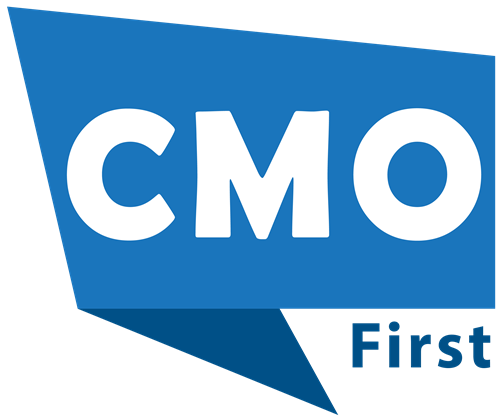





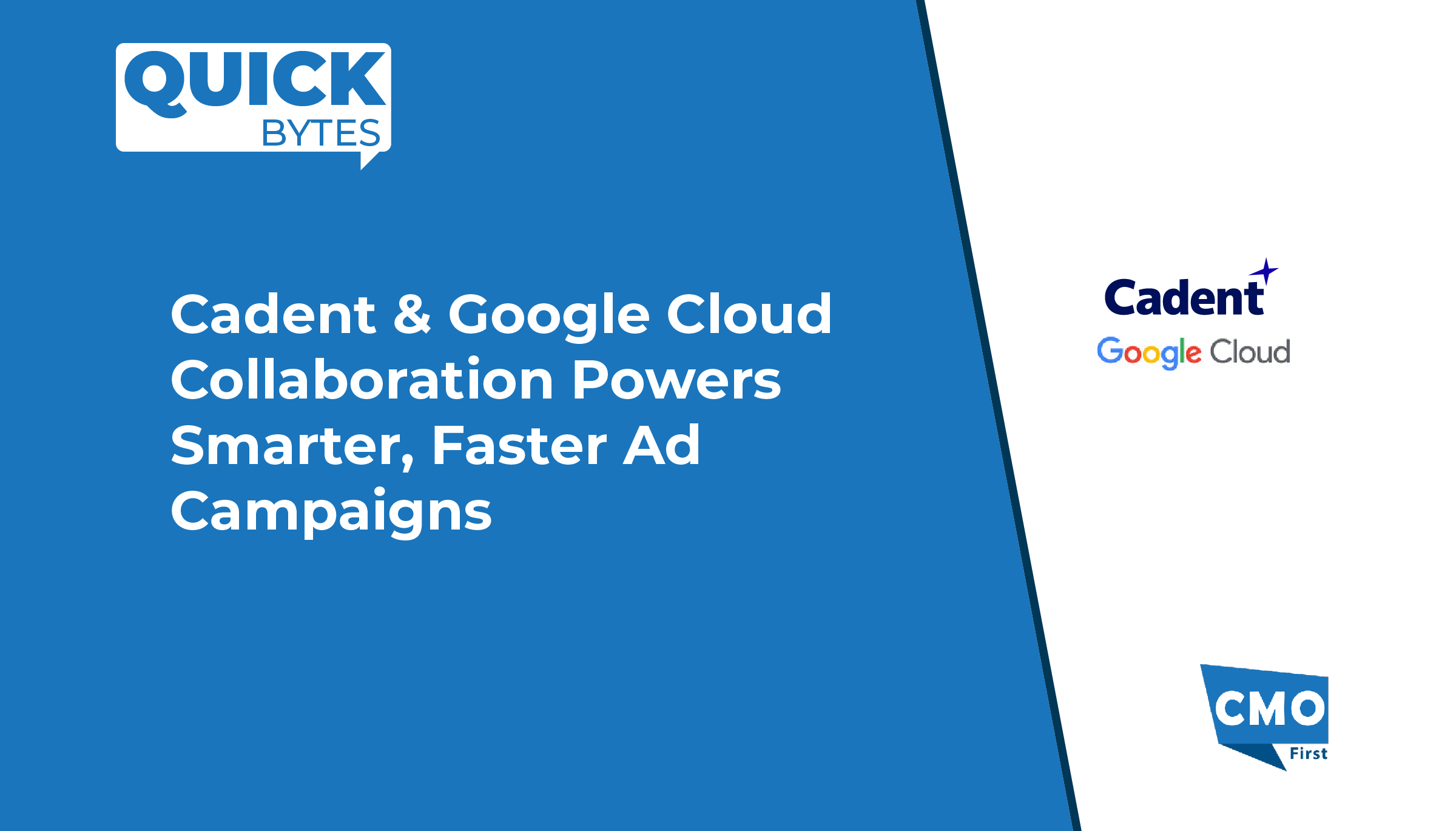
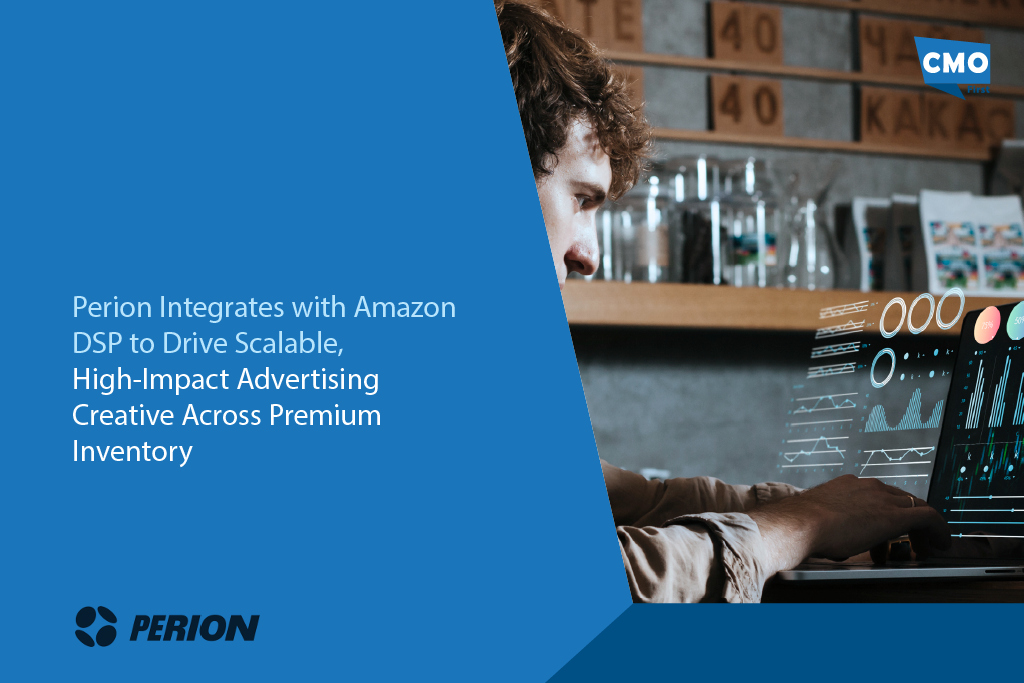

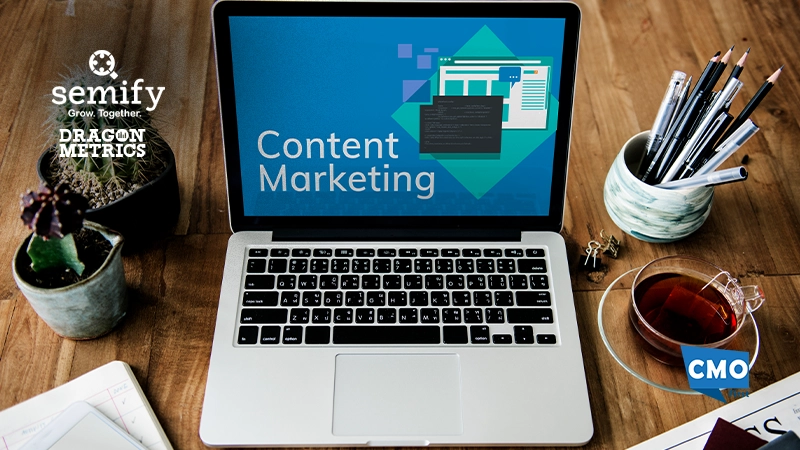
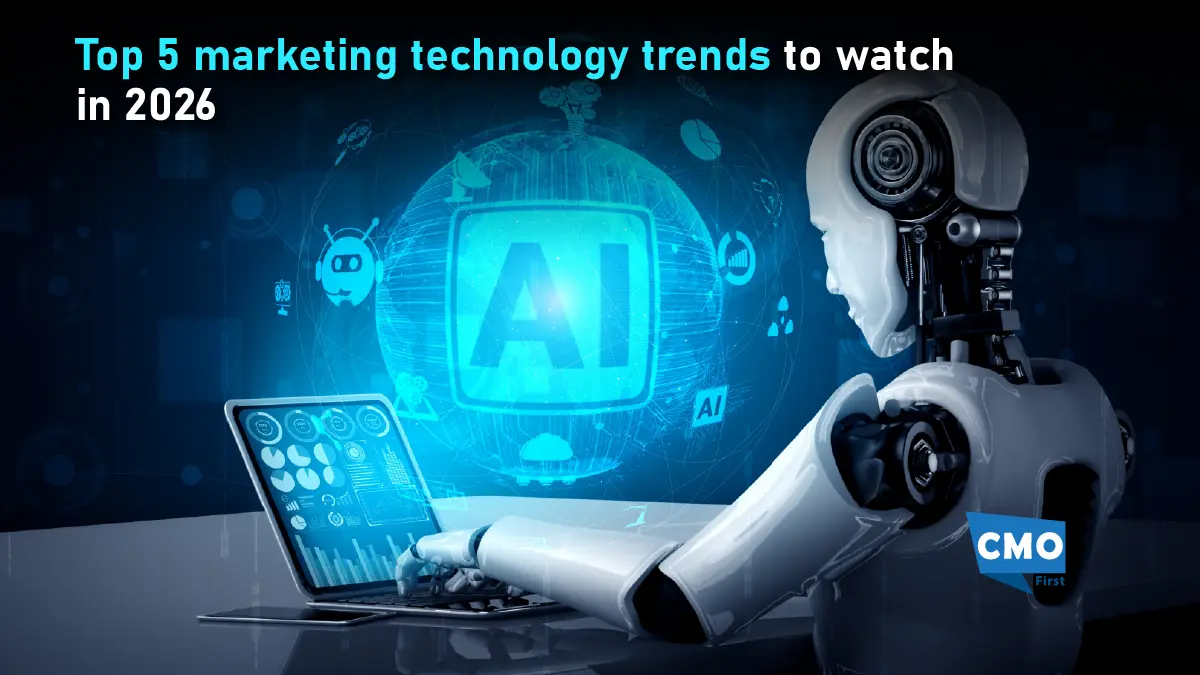
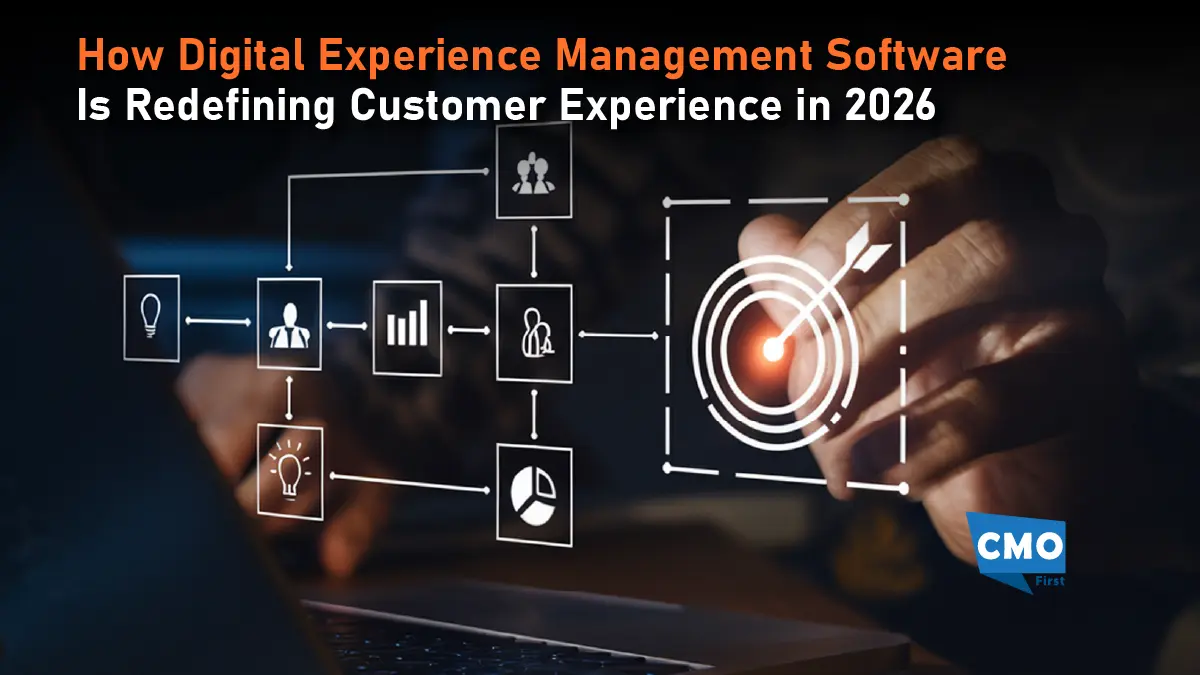
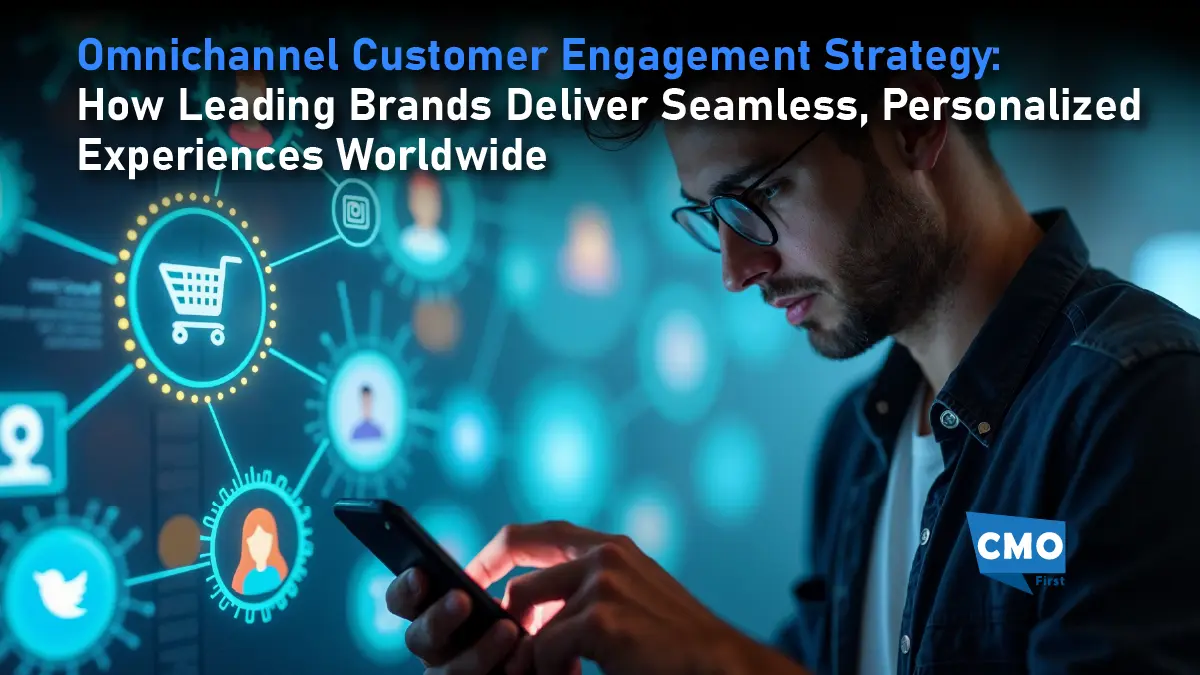
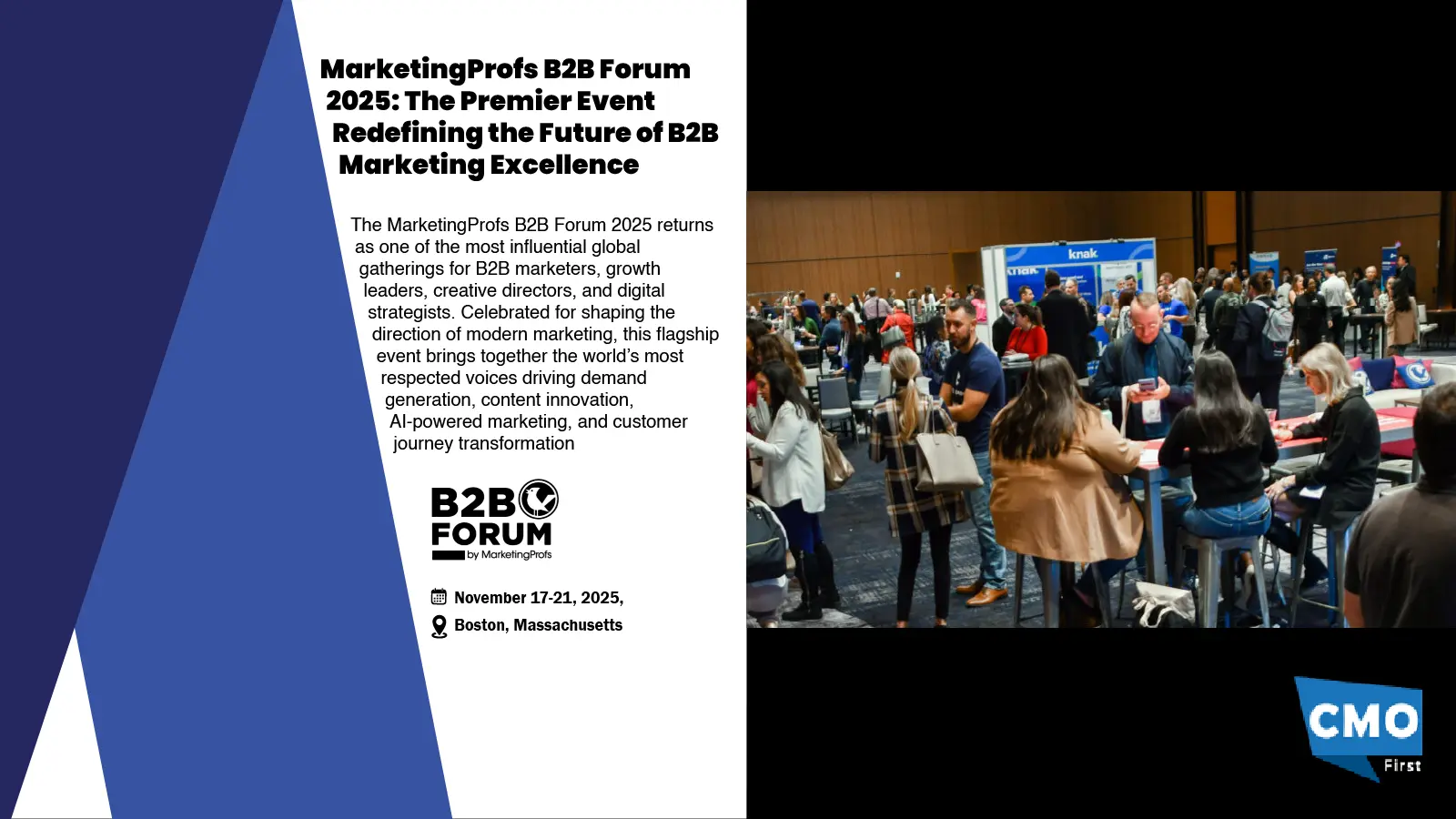

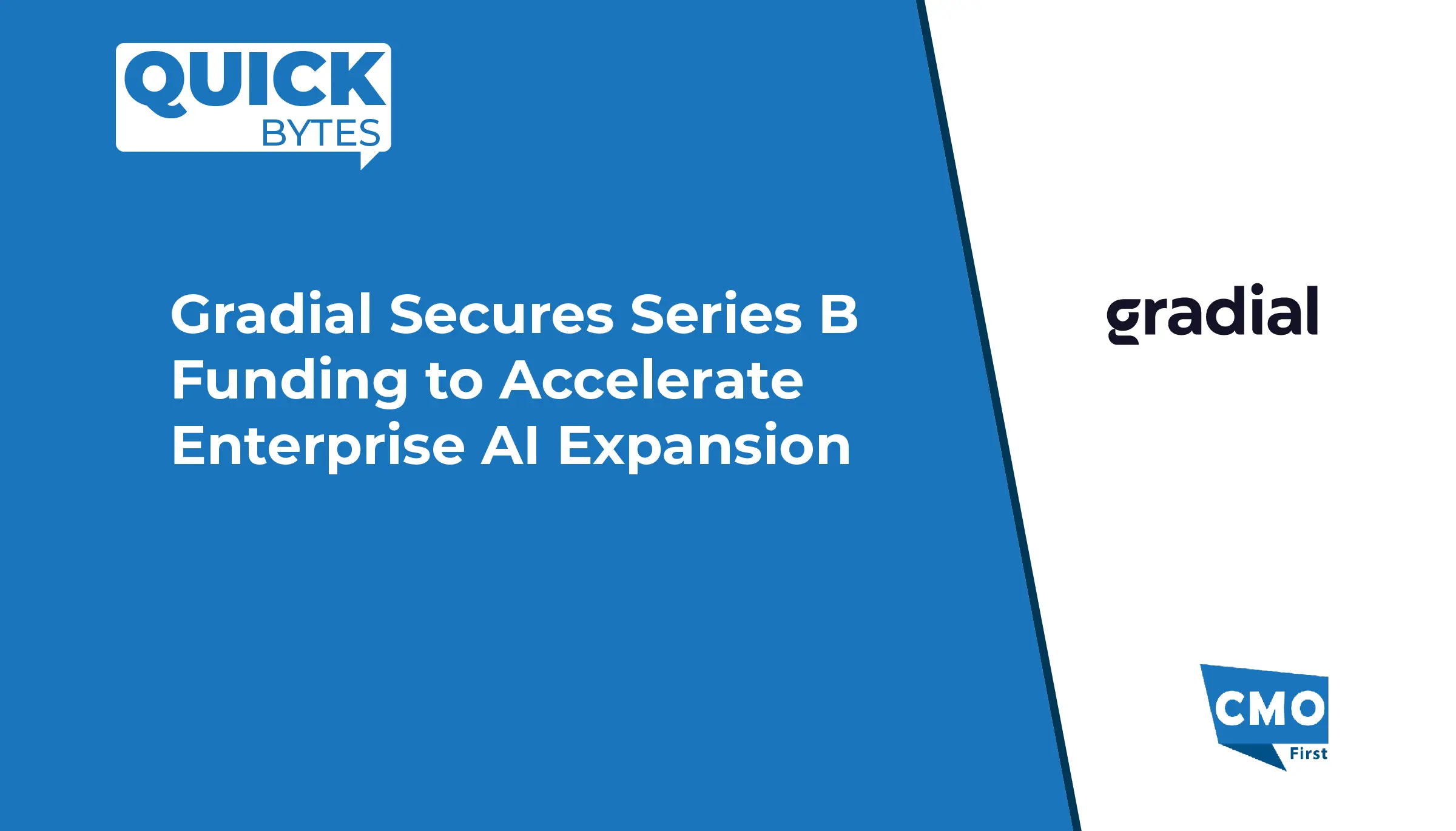
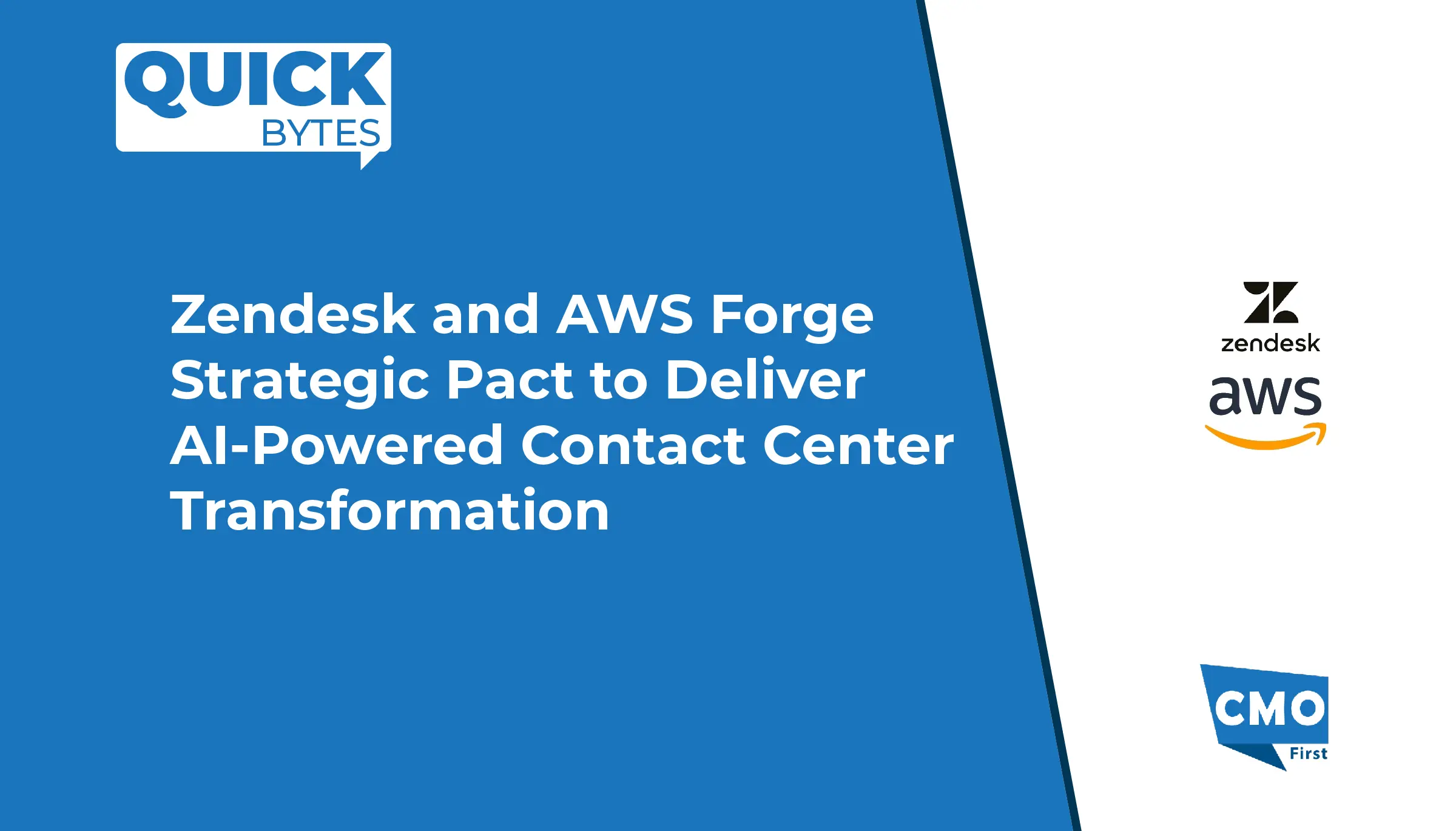
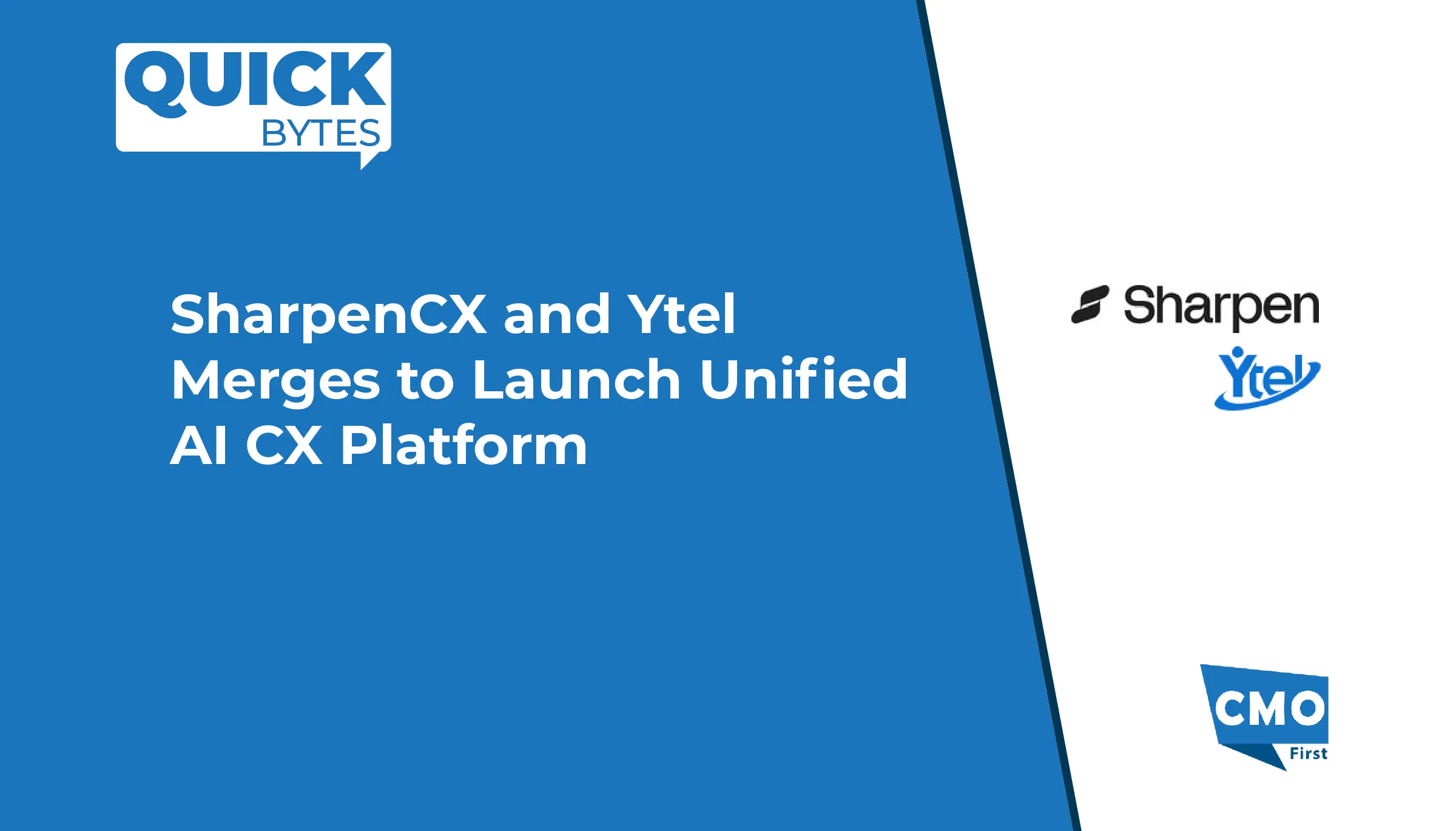
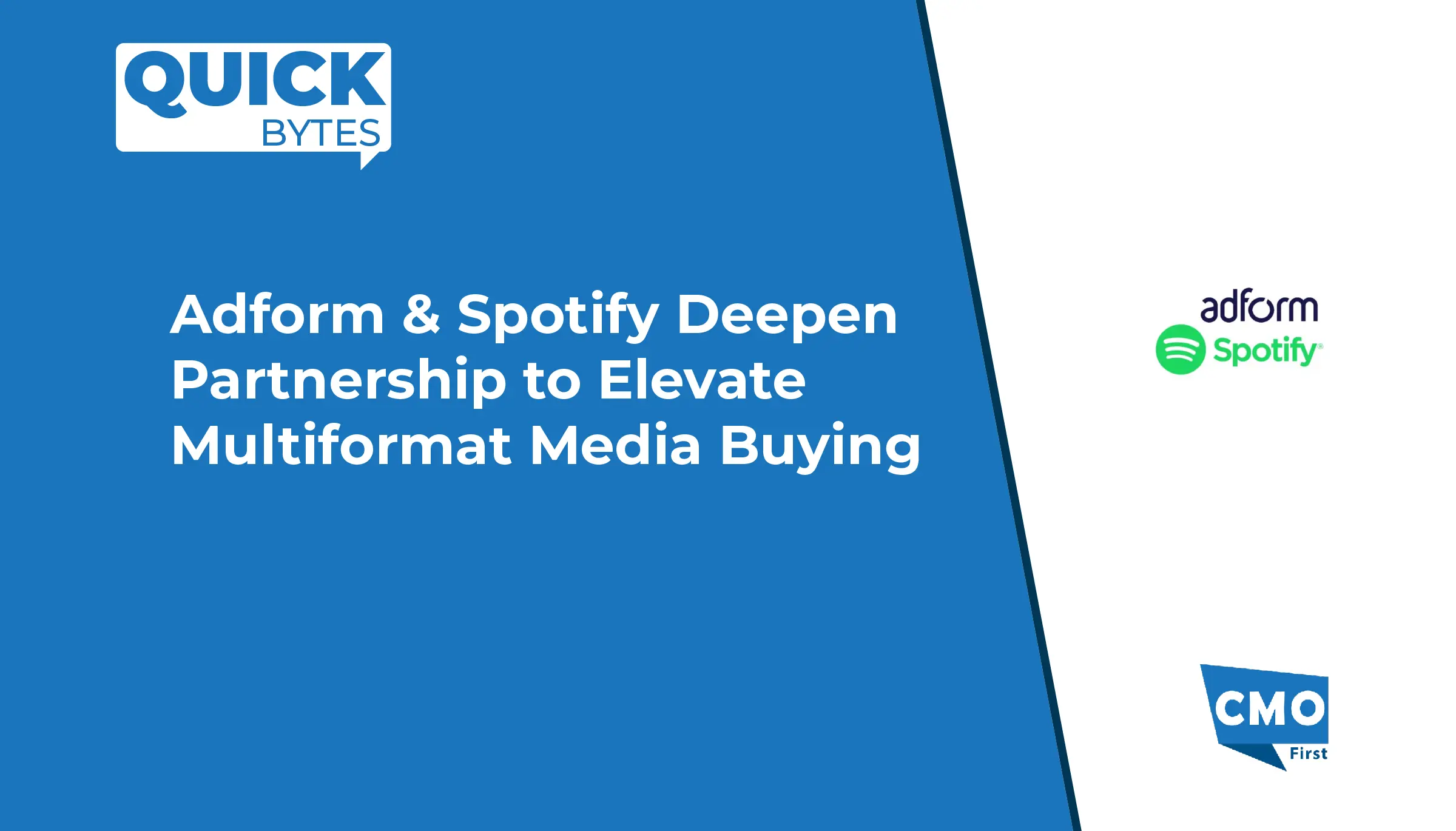
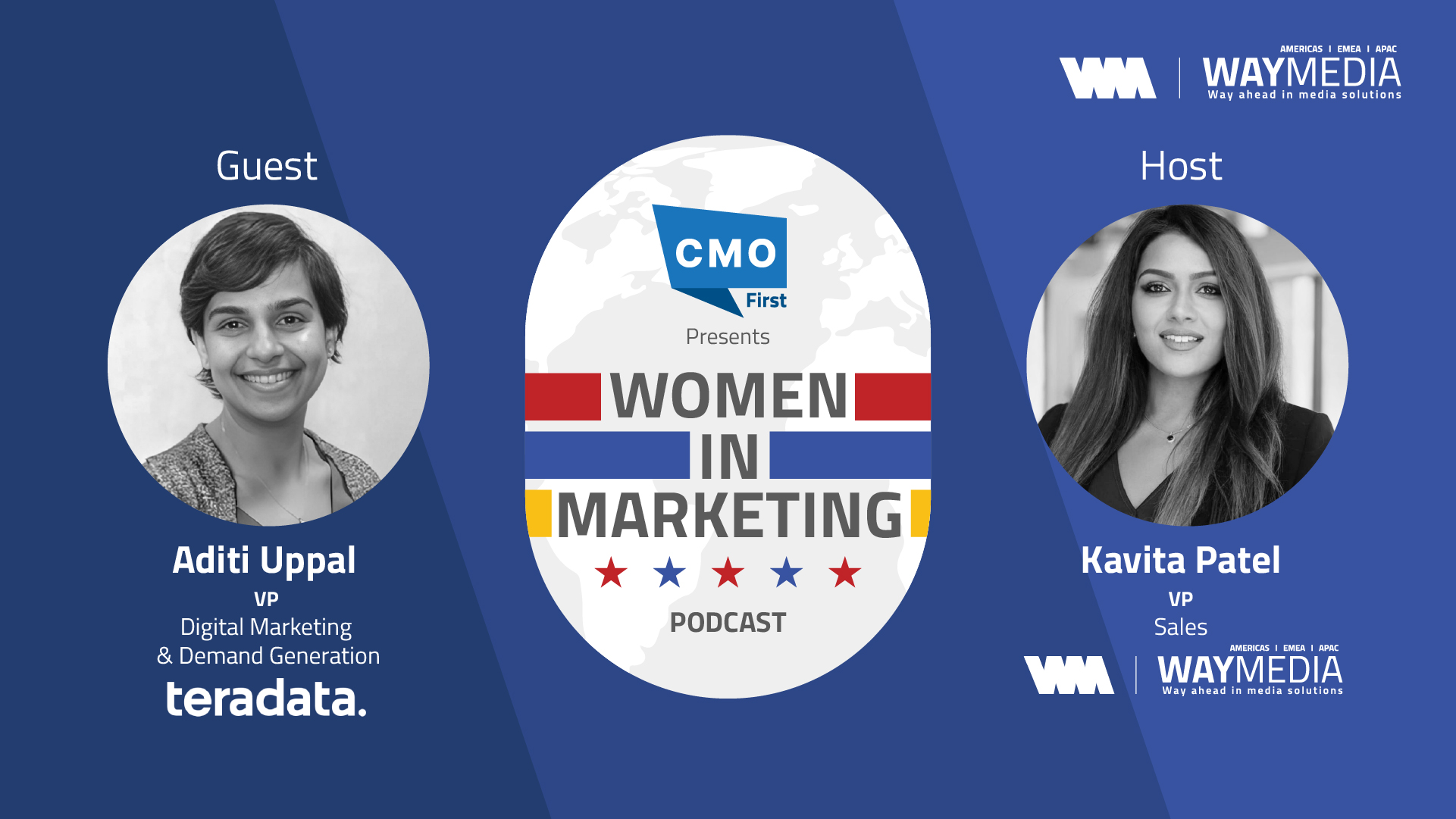


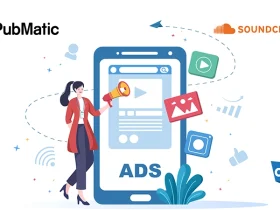
Leave a Reply